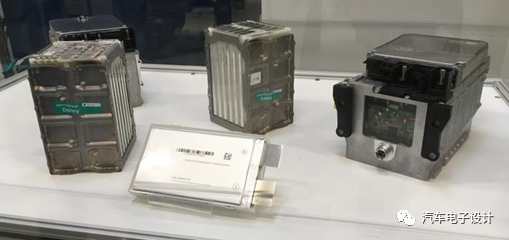Quotation
This week, we made two episodes of battery disassembly based on battery disassembly, the first part was about the overall structure and module, and the second part was about the 48V electronic and external connections. One prominent feature this year is the accelerating speed of the 48V system’s import in Europe, which is a part that needs to be tracked besides new energy vehicles.
Mercedes-Benz 48V Battery
As shown in the figure below, the layout position of the 48V battery is relatively flexible. One way is to arrange it in the rear cabin with the 12V battery; another way is to place it under the co-pilot’s seat, as shown in the following two figures:
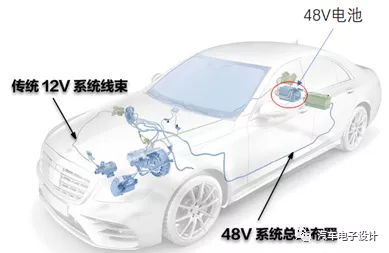
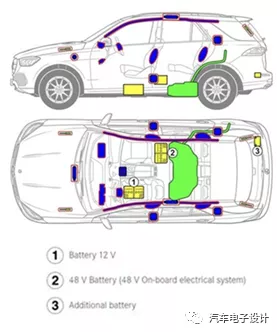
The layout and basic overview of the Mercedes-Benz 48V battery are composed of 12 lithium-ion battery packs with a capacity of 20 Ah and a total energy of about 1 kWh. The cell voltage is 3.68V (SOC 50%), and the weight is about 12.6 kg. This battery adopts a liquid cooling scheme. The main functions of the battery management include monitoring and sending the measured voltage, current, and temperature values.
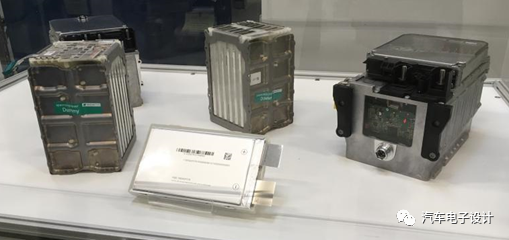
As shown in the figure below, the interface of the 48V battery includes connectors such as 48V+, grounding, and 12V.
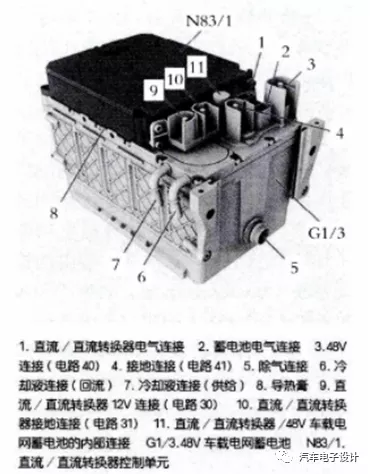

48V Battery System Disassembly
This is the overall structure diagram. The DCDC and battery module share a set of cooling channels on the side, and the BMS is divided into a management board and a power board (to be analyzed tomorrow).
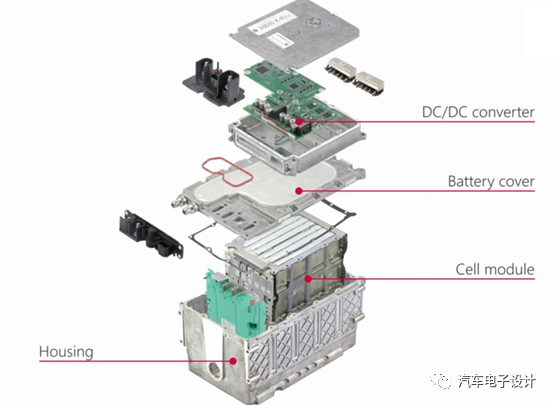 Due to this disassembly video, let’s take a closer look at the specific situation of each component: 1) Battery module and cells. As shown in the figure below, BMS, module, cooling system, and DCDC are completely integrated inside.
Due to this disassembly video, let’s take a closer look at the specific situation of each component: 1) Battery module and cells. As shown in the figure below, BMS, module, cooling system, and DCDC are completely integrated inside.
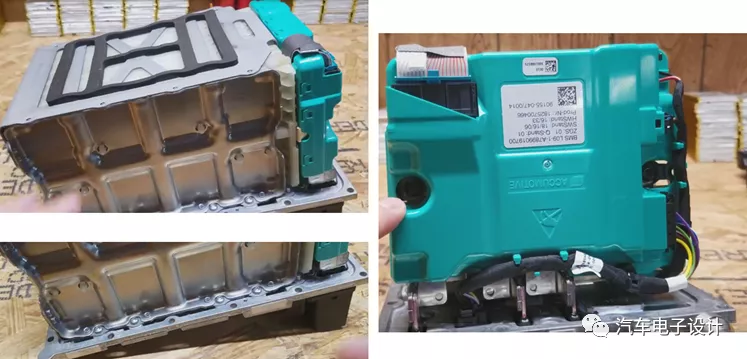
The structure of the 48V module is similar to the classic PHEV module structure we have seen before, connecting Tab and Busbar through laser welding, and then connecting through FPC for sampling.
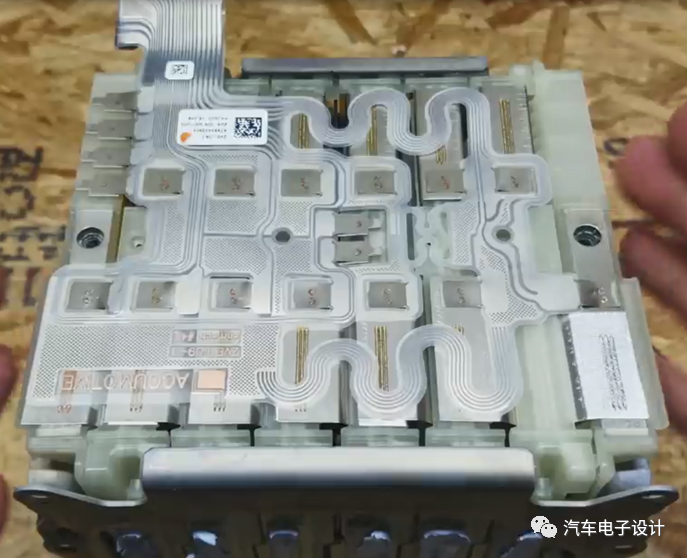

Here, two battery tabs are directly welded after folding, and 3 welding seams are used for processing. The following figure shows the image after the battery is split.

As shown in the following figure, the structure of this 48V soft pack module is actually very similar to the PHEV soft pack single-end Tab module design we have seen.

As shown in the following figure, the structure here is the same as the mainstream design we saw in 2017.
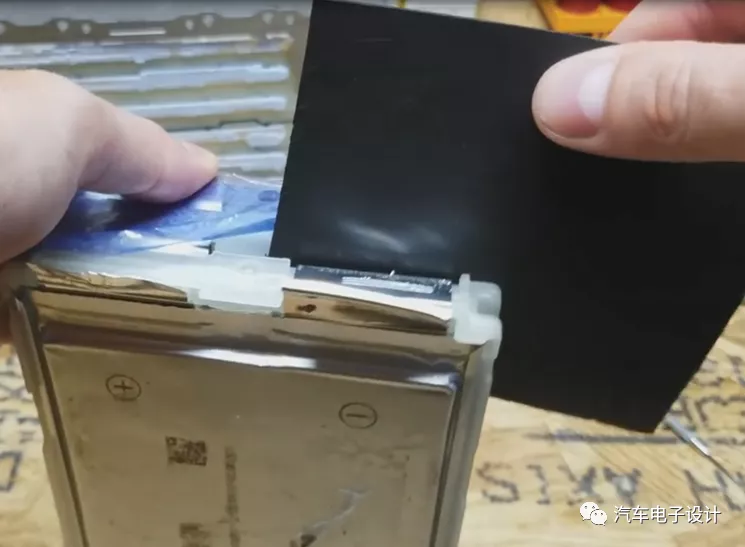
Tomorrow we will focus on the design here, which includes the 48V power board and management board for centralized battery management.
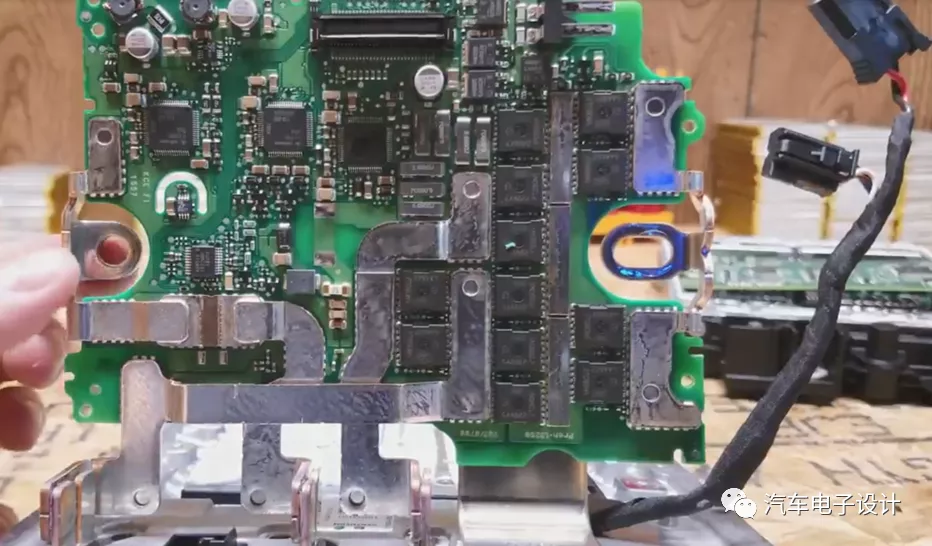
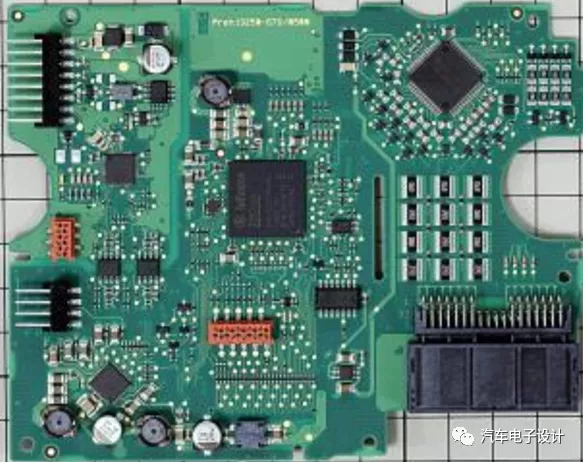
ConclusionThe 48 V system, starting from BSG to ISG, has a minimum battery capacity of 0.5 kwh, which increases to 1 kwh. As P2 48 V system is introduced, the capacity needs to be further increased by 2 kwh. The overall module structure is actually very similar to the further optimized PHEV structure.
This article is a translation by ChatGPT of a Chinese report from 42HOW. If you have any questions about it, please email bd@42how.com.
